The US Central Intelligence Agency (CIA) has been reported to operate numerous “black sites” across the globe. These covert prisons, often called “ghost prisoner” locations, hold individuals without charge or legal defense, subjecting them to controversial interrogation practices. These sites are shrouded in secrecy, making them some of the most unsettling places on Earth.
The Dark Reality of CIA Black Sites
Ghost prisoners face what the CIA terms “enhanced interrogation tactics,” widely condemned as torture. Methods allegedly include waterboarding, sleep deprivation, humiliation, physical beatings, and electric shocks. The secrecy and severity of these practices raise serious ethical and legal concerns.Here are ten alleged CIA prison locations that you wouldn’t want to visit:
1. Camp Eagle, Bosnia And Herzegovina

In 2005, Nihad Karsic and Almin Harbeus recounted their experiences at Camp Eagle to Bosnian public television. They described being violently abducted by Bosnian soldiers and accused of terrorism. At this former Yugoslavian air base near Tuzla, they were allegedly beaten and harassed before being interrogated by Americans in civilian clothing. Eventually released with $500 in compensation, they were threatened against speaking publicly about their ordeal.
A 2006 Swiss investigation implicated Bosnia as a partner with the CIA in secretly detaining suspected terrorists, alongside Italy, Sweden, and Macedonia. Spain, Turkey, Germany, and Cyprus were cited as “staging posts,” while the UK, Portugal, Ireland, and Greece were listed as “stop-off points” for detainees en route to black sites like Camp Eagle.
2. The Salt Pit, Afghanistan
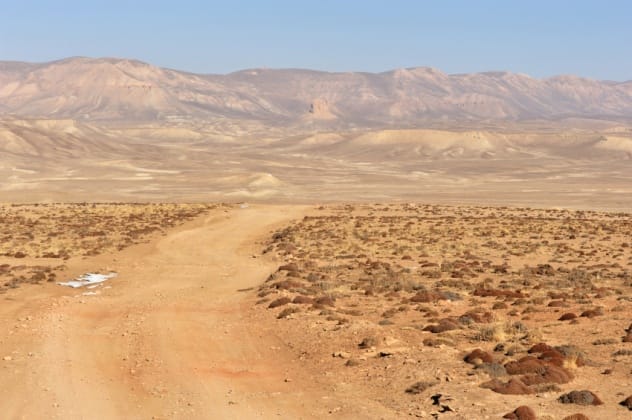
The Salt Pit, or Cobalt, a former brick factory north of Kabul, was transformed into a CIA detainee center in 2002. In a 2012 article, The Daily Beast described it as “the CIA’s Sadistic Dungeon.” The facility gained notoriety after the death of Gul Rahman, who died of hypothermia in November 2002 after being beaten, stripped, and chained to the floor on a freezing night.
A declassified 2014 US Senate Report revealed that no CIA officers faced charges related to Rahman’s death. Shockingly, the lead officer who ordered Rahman’s chaining received a $2,500 bonus for “consistently superior work” five months later. Nearly half of the 119 detainees identified in the report were held at the Salt Pit, underscoring its significance in the CIA’s detention program.
3. Stare Kiejkuty, Poland

Stare Kiejkuty, a restricted military area in northeastern Poland, was a Nazi SS outpost during World War II. Later, in the 1970s, Polish intelligence officers used the site, disguising it as a holiday resort.
In 2008, a Polish intelligence source told the BBC that the CIA used Stare Kiejkuty to detain and interrogate “high-value detainees.” Khalid Sheikh Mohammed, the alleged architect of the 9/11 attacks, was reportedly interrogated there. Former Polish President Alexander Kwasniewski admitted in 2014 that he had agreed to allow the CIA to operate black sites in Poland during his presidency (1995–2005). He claimed he was assured detainees would be treated as prisoners of war, though sources suggest he was unaware of the true nature of the activities at the base.
4. USS Ashland, Various Locations
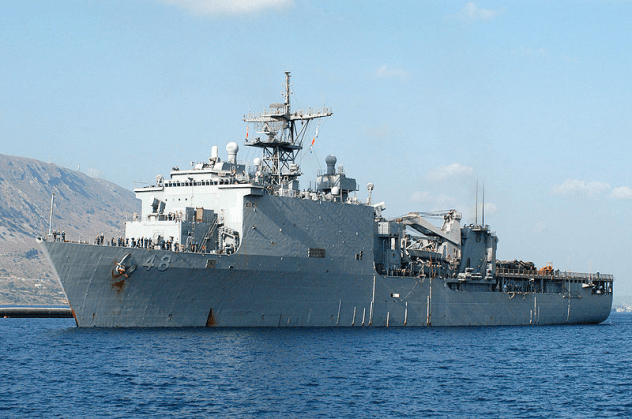
In 2008, The Guardian reported that Reprieve, a human rights organization, uncovered evidence of the US operating a fleet of “floating prisons.” Among these was the USS Ashland, a Whidbey Island–class dock landing ship housing 500 US Marines.
Reprieve linked the ship to abductions by Somali, Kenyan, and Ethiopian forces around 2007. The US had previously admitted using the USS Bataan and the USS Peleliu as prison ships between 2001 and 2002. John Walker Lindh, known as The American Taliban, was one of the most well-known detainees held on these secret prison ships.
5. Antaviliai, Lithuania
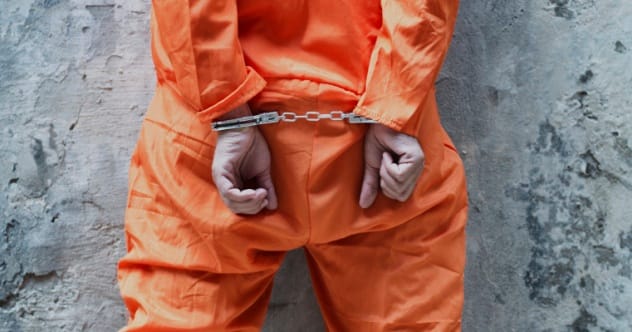
Near Vilnius, Lithuania, a former riding school in Antaviliai was allegedly converted into a CIA jail in 2004, according to The Washington Post. The site was reportedly used to interrogate Al-Qaeda suspects captured in Afghanistan.
The property was bought by Elite LLC, a Washington, DC-based company. Locals reported seeing US contractors constructing what they believed was an underground complex. In 2009, former intelligence agents told ABC News that the site held at least eight suspected terrorists and operated for over a year. In 2007, Elite LLC sold the property to the Lithuanian government, which now uses it to train its state security service.
6. Camp Lemonnier, Djibouti

Camp Lemonnier, a US Naval Expeditionary Base at Djibouti’s Ambouli International Airport, is strategically located near terrorist hot zones like Somalia and Yemen. Officially, it houses the Combined Joint Task Force—Horn of Africa.
However, a 2014 Al Jazeera America report claimed that Camp Lemonnier served as a CIA black site where suspects were secretly detained, interrogated, and tortured. The report stated the site was used as recently as 2012, despite President Obama’s 2009 executive order banning CIA black sites. Aerial shots revealed the base’s steady expansion, serving as a vital takeoff point for Reaper and Predator drones.
7. Detention Site Green, Thailand

Thailand denies the existence of black sites on its territory, despite reports describing Detention Site Green, possibly located near Bangkok or in Udon Thani. In 2009, the CIA confirmed destroying 92 tapes of interviews with terror suspects filmed in Thailand. Site Green was allegedly an experimental site where the CIA refined waterboarding and other enhanced interrogation techniques.
Abu Zubaydah, captured in Pakistan in 2002, and Abd al-Rahim al-Nashiri, the alleged mastermind of the USS Cole bombings, were reportedly held at Site Green. Zubaydah was allegedly severely waterboarded, while al-Nashiri was subjected to waterboarding and threats of sodomy.
8. Mihail Kogalniceanu Airport, Romania
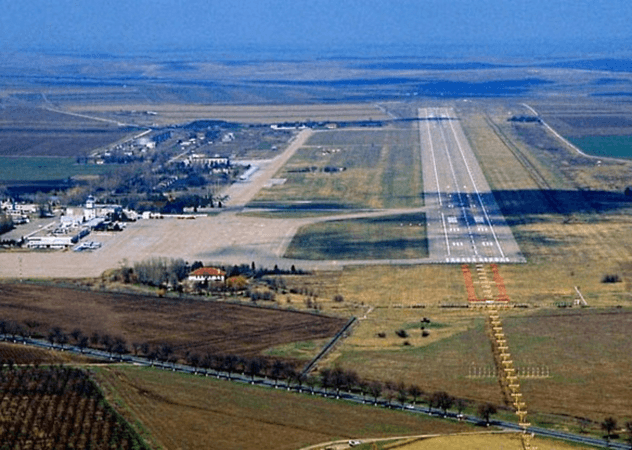
Mihail Kogalniceanu Airport, near tourist resorts on the Black Sea coast, is allegedly more than just a transfer point for CIA prisoners. While Romania claims it’s not used for detainment or interrogations, in 2008, USA Today quoted a Romanian official who said the military portion of the airport contained three buildings off-limits to Romanian officials but frequented by US agents.
In 2010, Der Spiegel reported that the Swiss intelligence agency’s Onyx satellite surveillance system intercepted a fax detailing the detention of 23 Iraqi and Afghan captives at the airport.
9. Temara Interrogation Centre, Morocco

The Temara Interrogation Centre, located in a forest outside Rabat, is operated by the Moroccan government’s Directorate for the Surveillance of the Territory (DST). In 2004, Amnesty International alleged that the DST is a recurrent abuser of human rights, with many offenses occurring at Temara. The report claimed that Moroccan interrogators repeatedly beat, humiliated, electrocuted, burned, and waterboarded inmates to extract confessions or information.
In 2010, the Associated Press reported that US officials confirmed the facility was financed by the CIA. Morocco officially denies the existence of the facility.
10. Diego Garcia, Indian Ocean
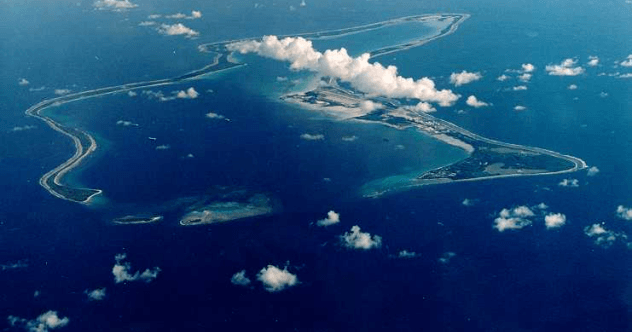
Diego Garcia, an atoll in the Indian Ocean, is claimed by the United Kingdom as part of their British Indian Ocean Territory. In the 1960s and 1970s, the UK deported the native people of the atoll to allow the United States to construct a large naval and military base known as Camp Thunder Cove.
Despite the UK’s long-standing denial of holding “ghost prisoners” at Diego Garcia, Lawrence Wilkerson, former chief of staff to Secretary of State Colin Powell, revealed in a 2015 interview that terrorism suspects were brought to the ocean base for special interrogations by the CIA in the aftermath of 9/11.
Reflecting on the Shadows
The existence of these alleged CIA black sites raises profound questions about national security, human rights, and government transparency. The use of enhanced interrogation techniques, the denial of legal rights, and the secrecy surrounding these locations challenge the principles of justice and accountability. As global citizens, understanding these hidden operations is crucial for advocating for a more ethical and transparent world.
What Are Your Thoughts?
Share your thoughts and concerns about these alleged CIA black sites in the comments below. Let’s discuss the balance between security and human rights.










